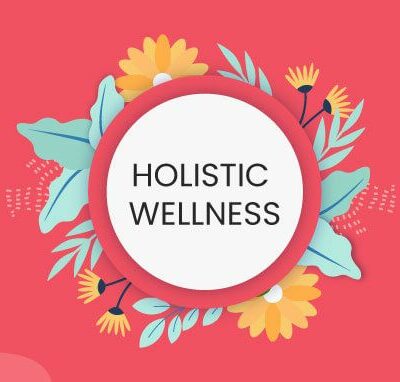Maintaining a healthy diet is crucial for overall well-being and vitality. The foods we consume directly impact our energy levels, physical health, and mental clarity. In this article, we will delve into the world of healthy diet foods and explore the nutritional benefits they offer. Whether you are aiming to lose weight, enhance your immune system, or simply adopt a healthier lifestyle, understanding the importance of nutrient-rich foods is essential.
We will discuss various food groups, portion control, meal planning, and offer practical tips for incorporating these foods into your daily routine. By the end of this article, you will have a comprehensive understanding of how to make informed choices and nourish your body with a healthy diet.
I. The Fundamentals of a Healthy Diet
A. Understanding macronutrients: carbohydrates, proteins, and fats B. Importance of micronutrients: vitamins and minerals C. Balancing your diet: the ideal ratio of macronutrients D. Hydration: the role of water in maintaining a healthy diet
II. Incorporating Whole Grains and Legumes
Benefits of whole grains: fiber, antioxidants, and essential nutrients B. Varieties of whole grains: brown rice, quinoa, oats, and more C. The power of legumes: protein, fiber, and low glycemic index D. Creative ways to include whole grains and legumes in your meals
III. Embracing Fresh Fruits and Vegetables
Nutritional benefits of fruits and vegetables: vitamins, minerals, and antioxidants B. Colorful variety: exploring different types of fruits and vegetables C. Seasonal and organic produce: maximizing nutritional value D. Creative recipes and tips for incorporating fruits and vegetables into your diet
IV. Lean Proteins for Optimal Health
Importance of protein in a balanced diet: building blocks for body repair and growth B. Lean protein sources: poultry, fish, tofu, legumes, and more C. Protein for vegetarians and vegans: plant-based protein alternatives D. Strategies for cooking and preparing lean proteins for maximum benefit
V. Healthy Fats: The Good Guys
Debunking the myth about fats: understanding good and bad fats B. Essential fatty acids: omega-3 and omega-6 fatty acids C. Healthy fat sources: avocados, nuts, seeds, and olive oil D. Smart ways to include healthy fats in your diet
VI. Mindful Eating and Portion Control
The importance of mindful eating: savoring food and recognizing hunger cues B. Strategies for portion control: using smaller plates and mindful meal planning C. Tips for avoiding overeating and maintaining a balanced diet
Conclusion
Adopting a healthy diet doesn’t mean sacrificing taste or enjoyment. By incorporating a variety of nutrient-rich foods into your daily meals, you can enhance your overall well-being and achieve your health goals. From whole grains and legumes to fresh fruits and vegetables, lean proteins, and healthy fats, there is a plethora of options to choose from.
Remember to practice portion control, be mindful of your eating habits, and drink plenty of water. Making conscious choices about what you put on your plate is an investment in your long-term health. Start today and experience the transformative power of a healthy diet that nourishes both your body and mind.











Comments